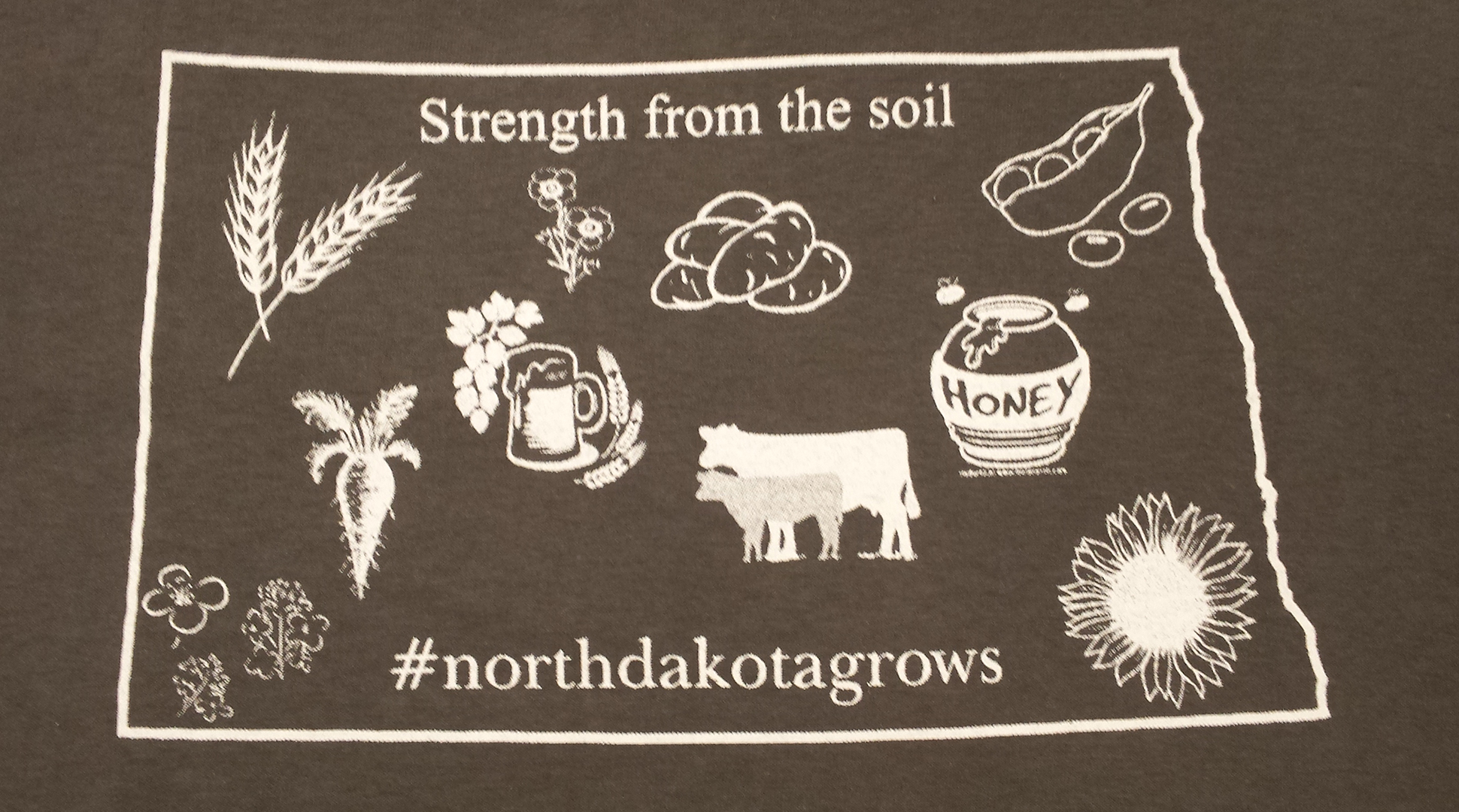By Heather Lang
Strength comes in numbers. Strength comes from within. "Strength from the soil" is on the North Dakota coat of arms and governors’ flag and the phrase I like to use when explaining the importance of agriculture in our state.
North Dakota is blessed to have sought-after soil from black loam, thick and dark soil in the Red River Valley that makes up of some of the richest agriculture land in the world, to sandy soils in the west. Our warm day temperatures followed by cooler nights makes certain crops and livestock thrive here.
North Dakota is a top producer of soybeans, dry edible beans, canola, honey, flaxseed, navy and pinto beans along with honey, durum wheat and spring wheat. Agriculture is a vital economic force in North Dakota. I think we all can agree on that, but did you know these fun agriculture facts?
Bees must fly 55,000 miles to make one pound of honey. ND ranks #1 in bee production. One bee hive can produce 60 -100 lbs. of honey each year. 1 acre = size of football field (end zones removed).
2% of the U.S. population is farm and ranch families. Farms and ranches occupy more than 39 million acres in North Dakota, which is almost 90% of our state’s land area.
If you eat pasta 3 times a week it would take 70 weeks to eat all the pasta made from one bushel of durum wheat. One bushel of wheat yields 90 one-pound loaves of whole-white bread.
North Dakota ranks #4 in total soybean production with Cass County coming in as the #1 soybean producing county in the nation. Fun fact: One acre of soybeans makes 82,368 crayons
If you buy a bag of potatoes for $5, the farmer receives less than $0.50. Red River Valley ranks #5 in yellow potato production and #1 in red potato production in the fresh market for the U.S. The Red River Valley can produce over 30,000 pounds of potatoes per acre! A medium potato (5.2 oz.) has more potassium than a banana.
Cattle can detect odors up to 6 miles away due to their acute sense of smell. Cows are ruminants, which are cud chewing animals. They move their jaw about 40,000 times a day, they will chew 40-50 times a minute and will chew for up to 8 hours a day. Angus cattle are the #1 ranked breed in North Dakota. There are about 2 cattle for each person in our state.
Americans eat about 8 lbs. of beans per person each year with pinto and navy beans being the most popular. North Dakota ranks #1 in dry bean production with our farmers raising nearly 35% of the nation’s dry beans in 2017.
There are currently only 10 GMO crops: alfalfa, apples, canola, soybeans, squash & sugar beets. Thanks to GMO crops farmers and ranchers can raise more food for the ever-growing population all while reducing agriculture’s impact on the environment. Helping to reduce food waste, improve air quality, reduce carbon emissions and applying less insecticides are just some ways GMO’s have helped improve our world.
